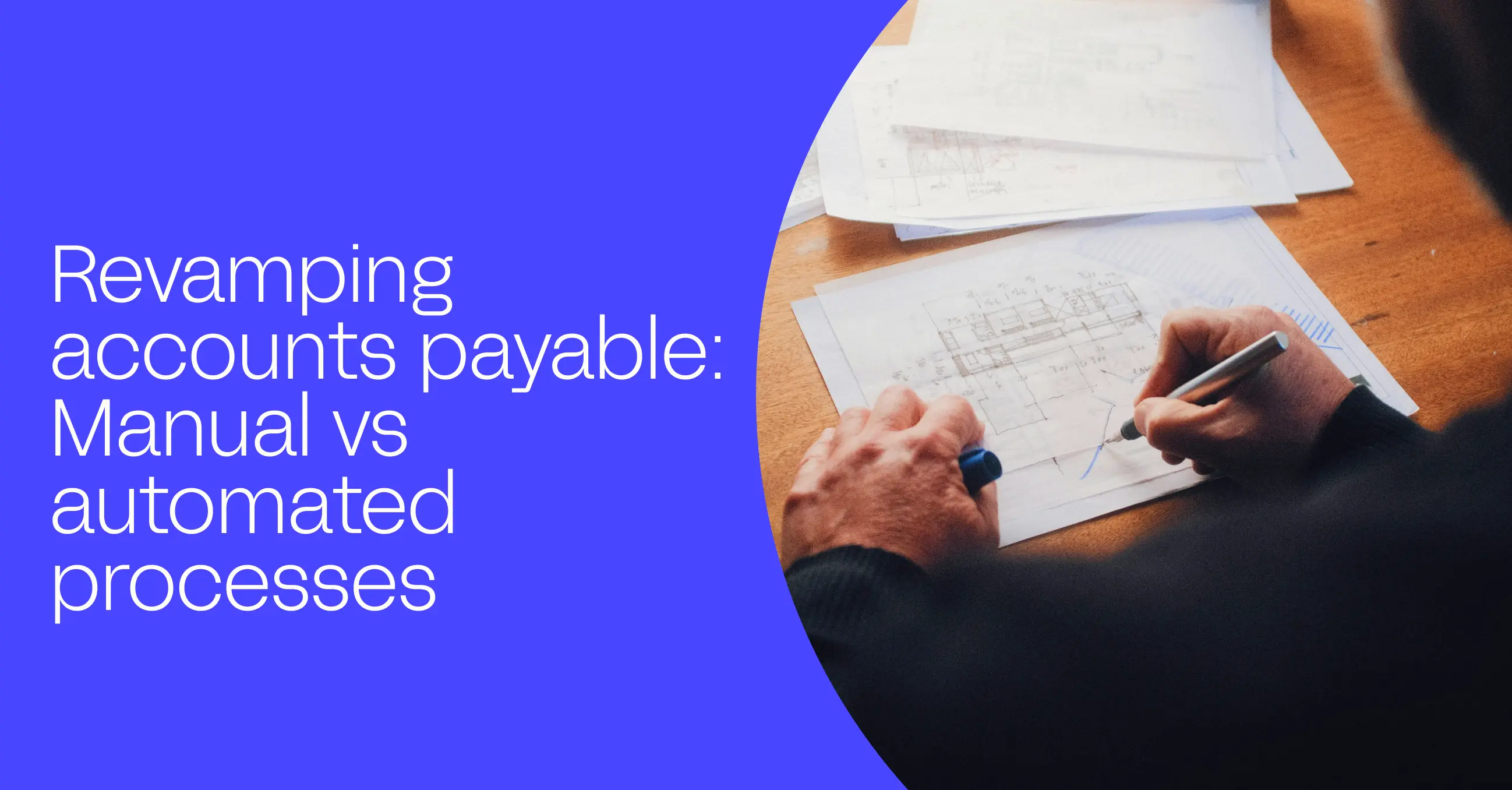What is payment remittance?
Jo McCann
| April 26th, 2021
Payments made from one entity to another over international borders are referred to as “payment remittance.” We'll cover what that means, how it works, and the different payment methods available.
Businesses that operate internationally navigate many barriers that range from language and cultural differences to inflation and tax risks, but the benefits of having an expanded market generally outweigh the risks. Additionally, in the wake of global “work from home” initiatives, employees of domestic businesses are discovering that when a permanent desk isn’t required, the desirability of working from a foreign country is amplified. It’s no surprise, then, that according to Allied Market Research the compounded annual growth rate for payment remittance is projected at 3.9% by 2026—an increase of over $300 billion since 2018 alone.
What is payment remittance?
Payments made from one entity to another over international borders are referred to as “payment remittance.” Businesses may use payment remittance for independent contractors who temporarily support an overseas project. Individuals who are looking to make a gift or charitable donation abroad may choose to remit payment.
Suggested reading: A guide to cross-border payments
The largest group of payment remittance, however, are employees who choose to work abroad and migration workers that remit payments to family or friends in their country of origin. According to the World Bank, the combination of low, middle, and high income countries exceeded $600 billion in 2019, and some countries see remittance payments as a significant portion of their GDP.
How does a remittance transaction work?
Remittance payments are completed from a payer to a payee with one or more intermediary agents or third-party financial technology to process any fees or exchange rates that may apply. A person or business that desires to send a remittance payment initiates the transfer, the intermediary agent collects fees that may apply. The receiving agent is notified of the incoming funds and applies any exchange rates; in some cases an additional fee is deducted from the incoming funds by the receiving agent. This process can take up to 5 business days depending on the way the money is transferred.
Included in the remittance transaction is a record of the transfer of funds known as the “payment remittance advice.” This is sometimes an email, or electronic remittance advice (ERA), but can also be in hard-copy form that can be scanned into accounting software to capture relevant data.
For businesses making payments to a supplier (B2B payments), these remittance slips are a summary of what amount was paid toward which invoices. If the information will be sent electronically, it is important to ask the recipient for an appropriate email address. Basic remittance advice includes payment details like: invoice number or PO number, payment amount and method of payment, business name and contact information for both business and supplier, as well as remittance date and anticipated transaction completion date.
While remittance advice is not required documentation, it is a beneficial recording-keeping courtesy. Where a supplier has questions regarding a payment, the remittance advice provides a point of contact for queries. Sometimes an invoice will include a removable invoice advice that can be filled in for the sake of efficiency and accuracy. Remittance advice should not be considered proof of payment; it is only meant to notify a recipient that a transaction has been initiated.
How can I remit payment to send money abroad?
Remittance payments are completed online or in-person, depending on what method is preferred. Many banks are able to provide in-person remittance services, but this method includes “retail markup” on exchange rates, in addition to transaction fees. Alternatively, electronic funds transfers (EFTs) are becoming a preferred method of money transfer to individuals and businesses alike who are looking for more convenient access to remittance payment options. Whichever method is preferred, it is important to consider the following:
Fees. Know with certainty the fees that apply both at the beginning and end of a remittance payment.
Exchange rate. Understand international exchange rates and if additional retail markup is included in the rate being applied.
Communication. Be clear on the amount that is being sent and what will be received.
Timeline. Anticipate the amount of time the transaction will take.
Security. Identify options that exist if a remittance is delayed or lost.
What payment methods can I use to make a remittance?
Choosing a remittance method that works best for a business or for personal use depends on access and ease of use for both sender and recipient, payment preferences, fees that may be associated with the option, and the period of time each option takes to process.
ACH payments. ACH payments are a form of electronic funds transfer (EFT) that use the Automated Clearing House. While some ACH payments can be completed the same day, ACH payments can take up to three days to process because they are cleared in batches throughout the day, including clearly defined cut-off times for batches. Financial institutions that process ACH payments are required to have remittance advice on the transactions that must be made available upon request.
Wire transfers. Wire transfers can be made through banks as well as wire transfer services like Western Union or Moneygram. They offer ease of use as some money transfer services allow a credit card or debit card to be used to send funds. Wire transfers can be completed quickly but may take a few days to process. Using wire transfers for international remittance can incur steep fees depending on the country and amount being sent.
Paper checks. Checks offer a low-cost option for payment remittance. However, the timeline needed to complete a payment using a check can be a major barrier for efficient business practices, especially for small-to-medium sized businesses. Further, some countries have phased out the use of checks altogether including Germany and the Netherlands.
Money orders. Money orders are also a low-cost remittance method. While there is a cost to create a money order, the payer identifies a specific recipient which is a safeguard against fraud. Recipients of a money order are also not required to have a bank account; a money order can be cashed at the same institution it was created. Money orders are subject to limits, usually $1000 so it is not a viable option for larger payments.
Can remittances be taxed?
Whether or not remittances are subject to taxes is dependent on a number of things. The type of remittance can be a factor: is the payment inheritance or income? Residency status in remittance origin or destination country is another factor. In the UK non-residents do not owe taxes on remittance while those with residency may owe income taxes. Some taxes apply to the size of remittance which could be classed as income.
The US requires tax documentation on large sums even though the amounts themselves may not be taxable. Further, the US, through the Banking Secrecy Act requires financial institutions to file paperwork with the IRS whenever transfers exceeding $10,000 occur. Businesses and individuals who make or receive larger payments would be wise to ensure they are filing the correct documentation to avoid fraud investigations.
Tax laws and codes both foreign and domestic are very nuanced, and it is best practice to work with a professional tax advisor before making or receiving larger or frequent remittance payments.
Recommended Reading

Accounting
What is payment automation?
From fraud detection to reducing manual data entry, automation can help your team be more efficient and focus on much more crucial tasks than filing papers.

Accounting
Revamping accounts payable: Manual vs. automated processes
Learn how transitioning from manual to automated processes can revolutionize your Accounts Payable department while avoiding potential pitfalls.
